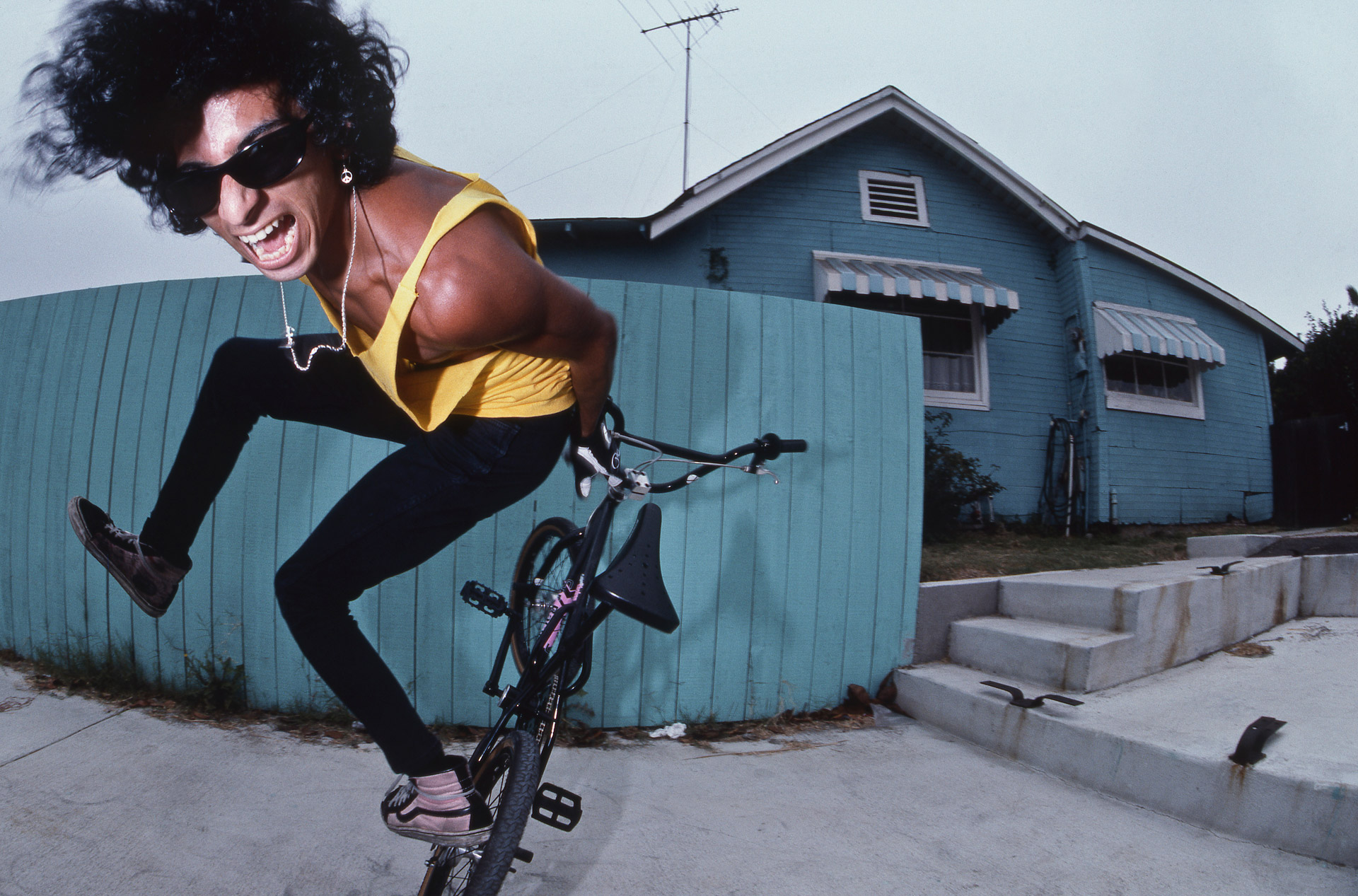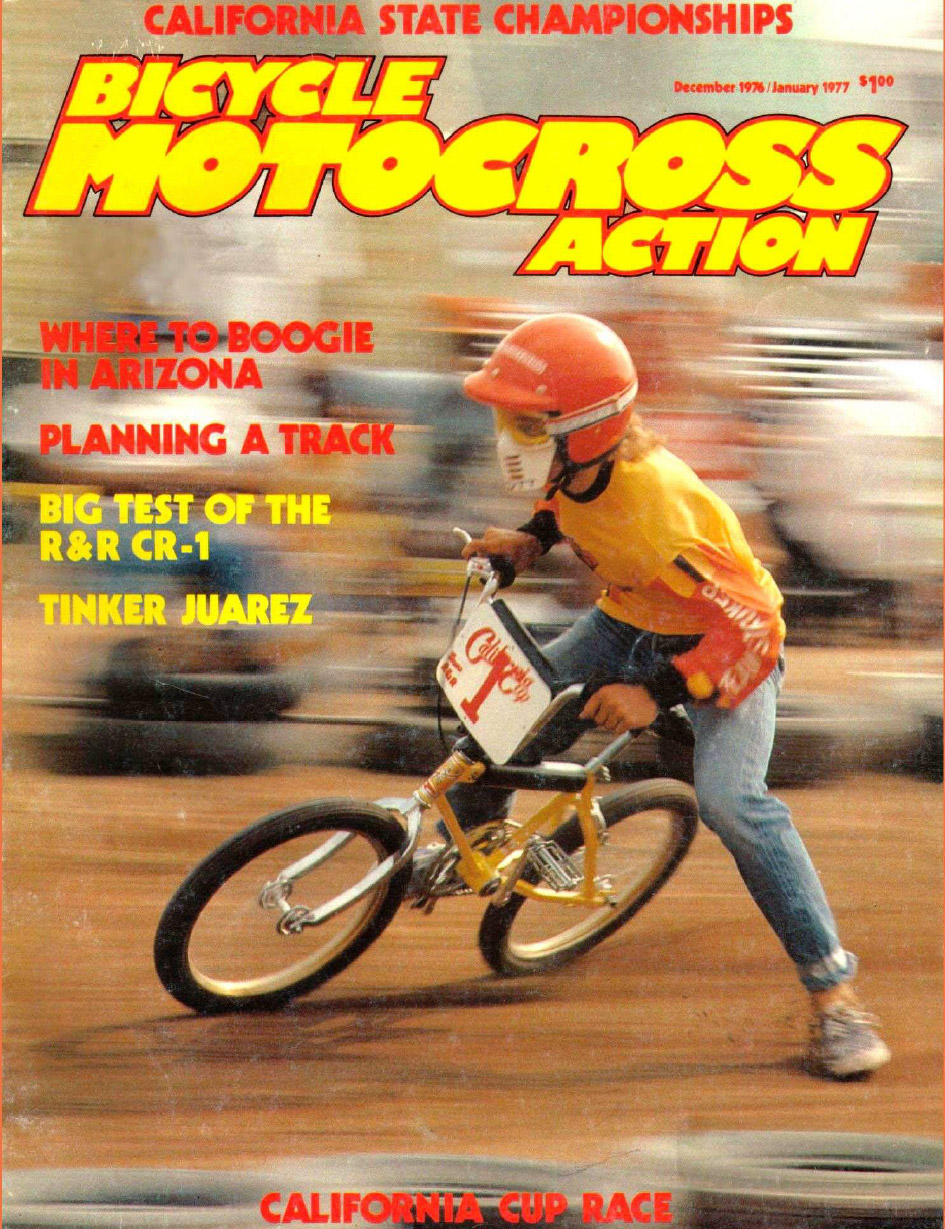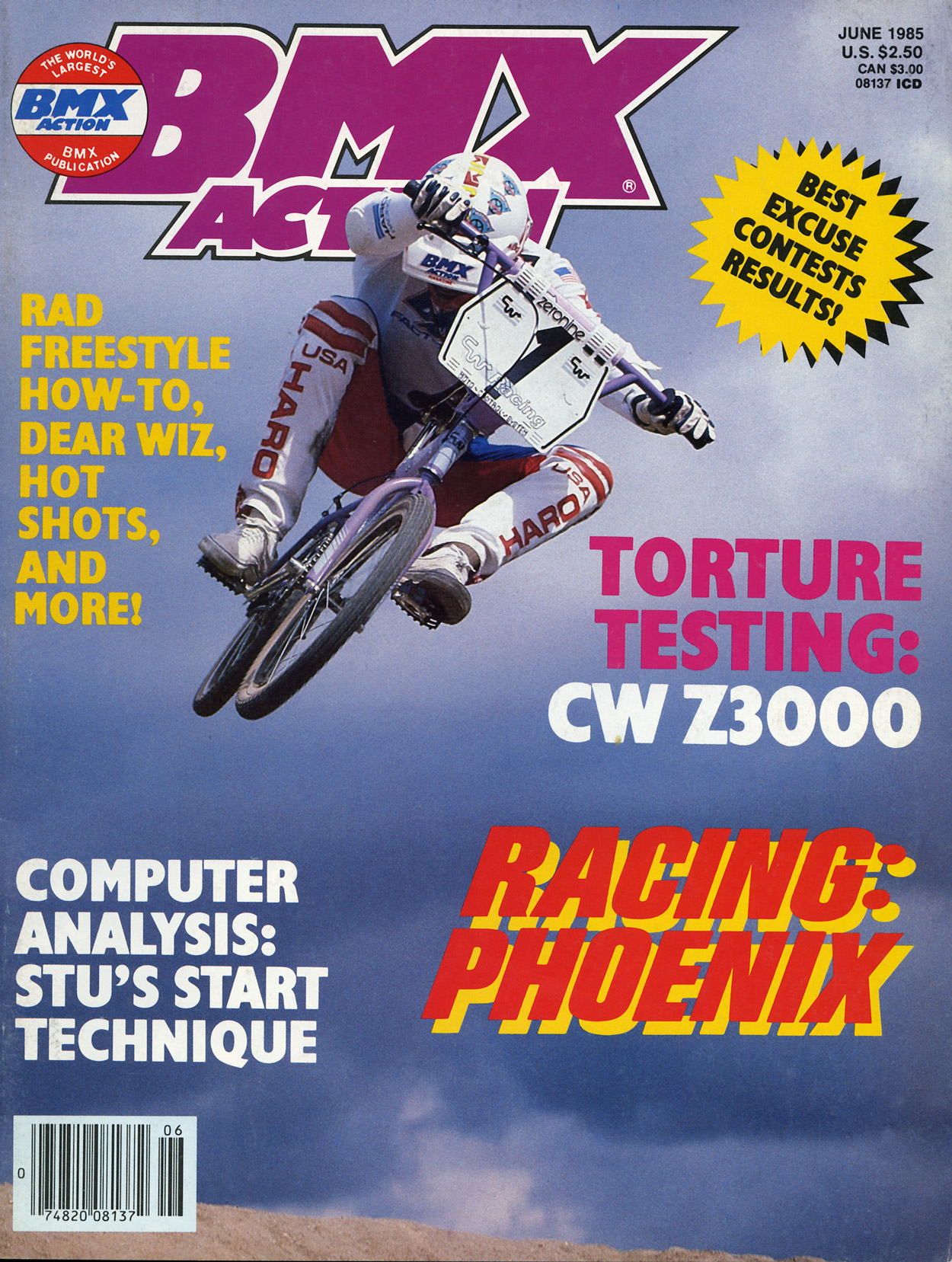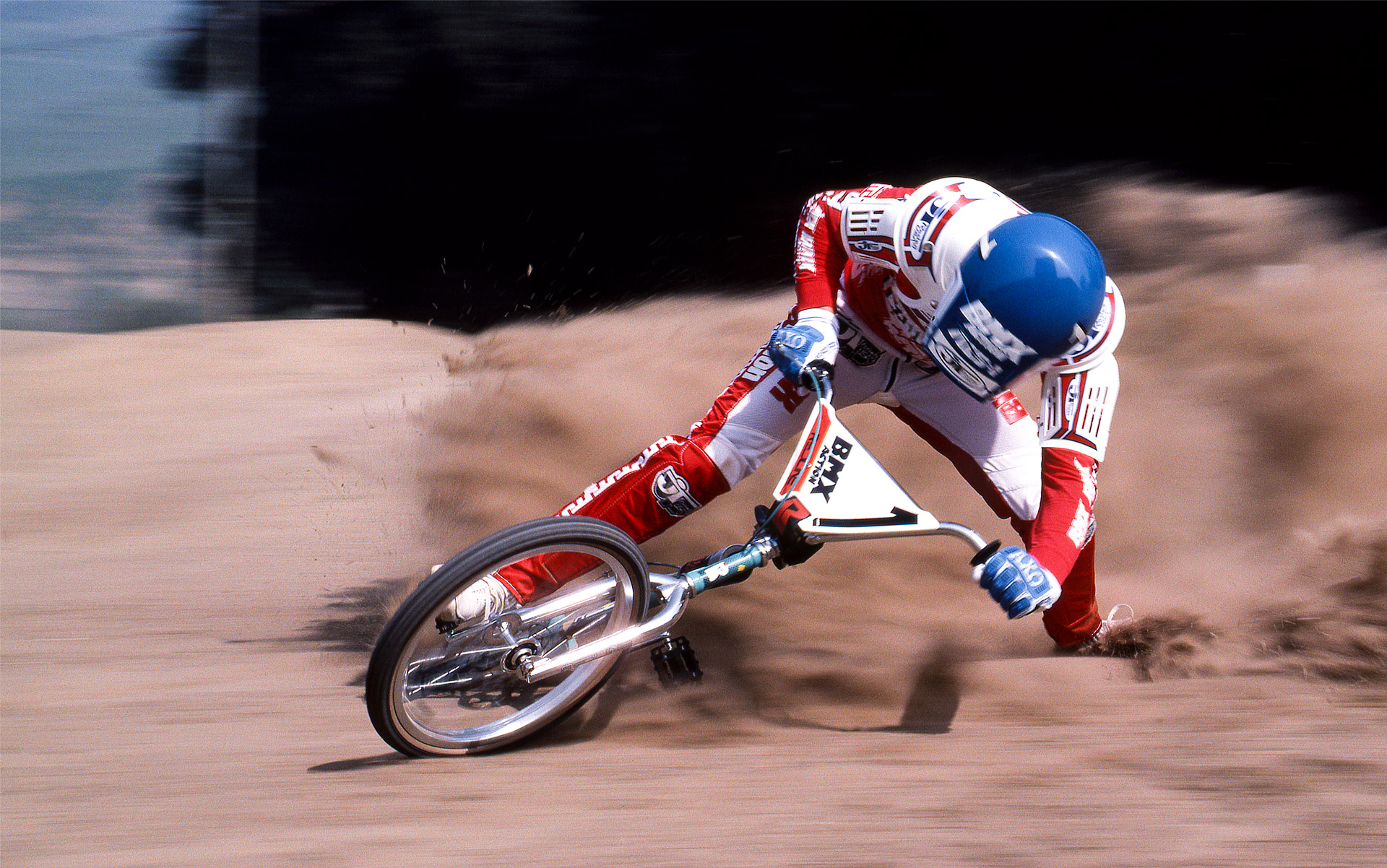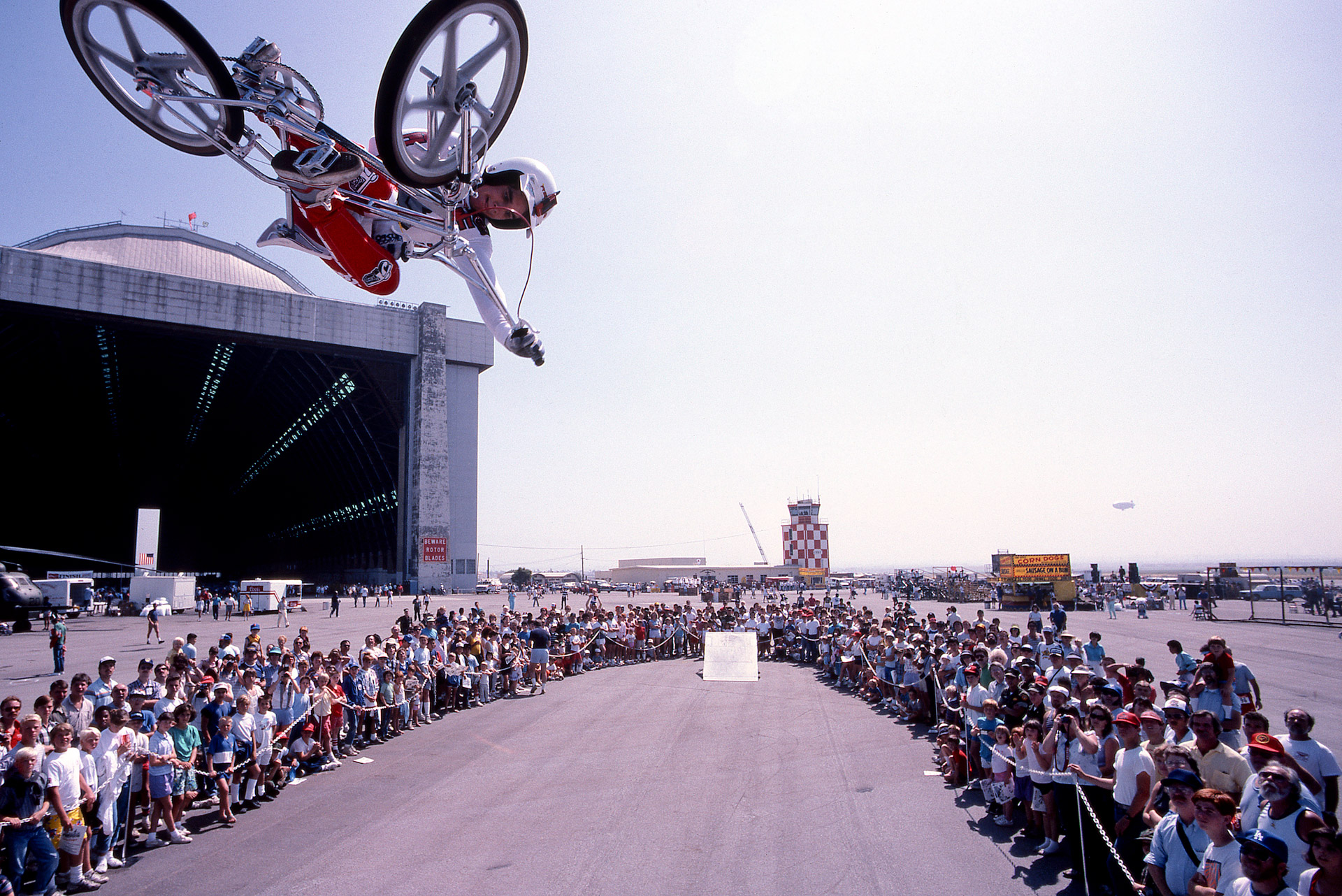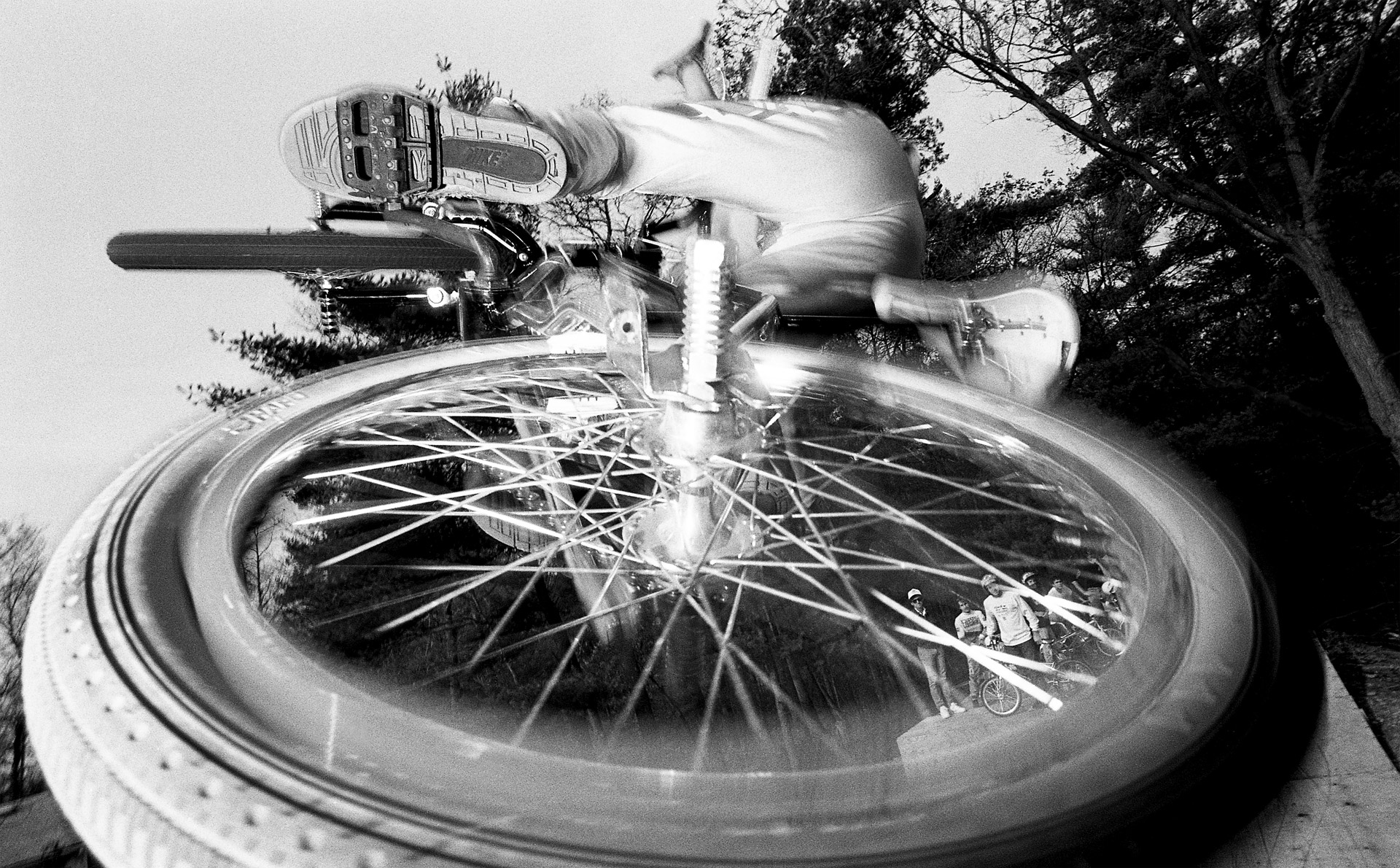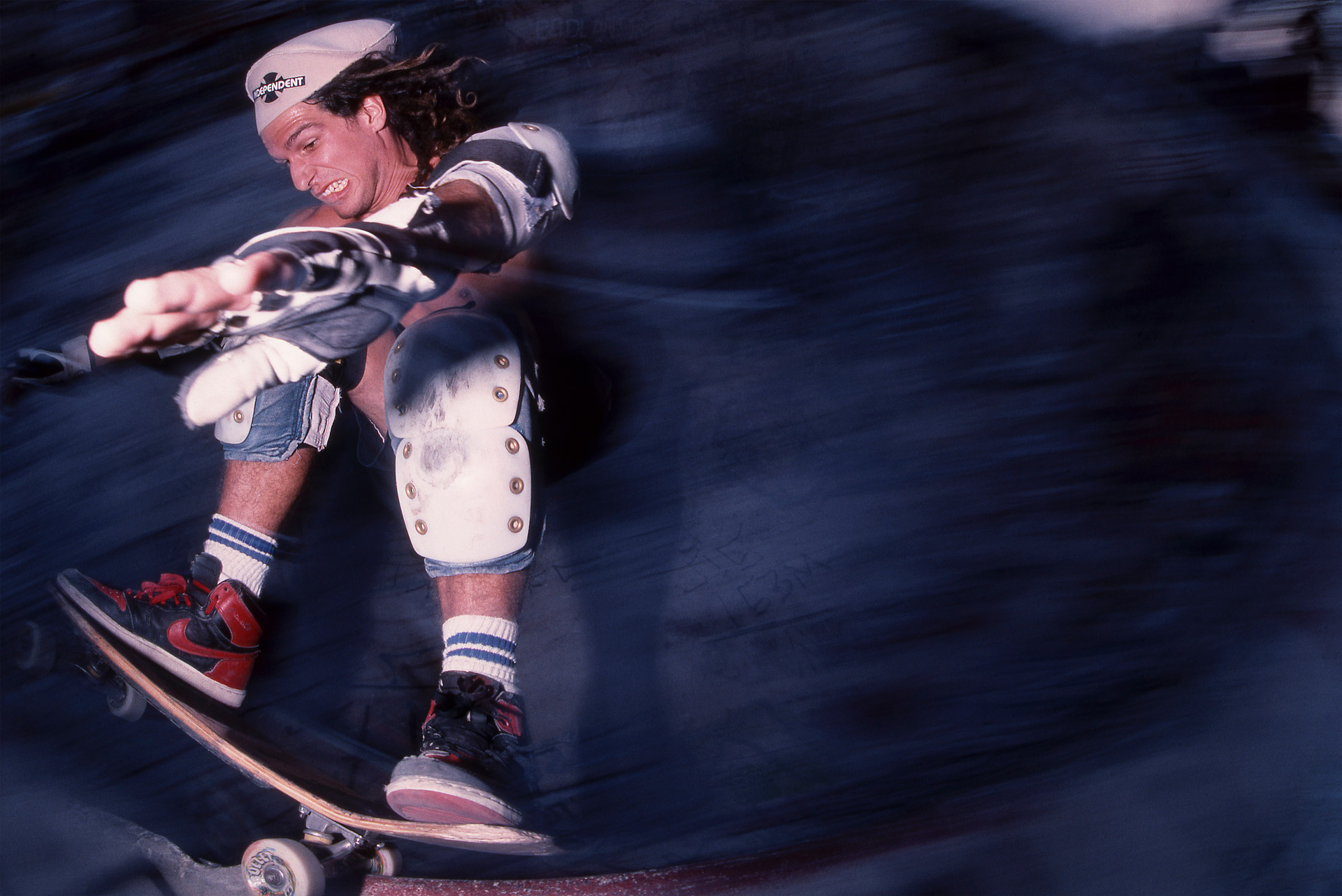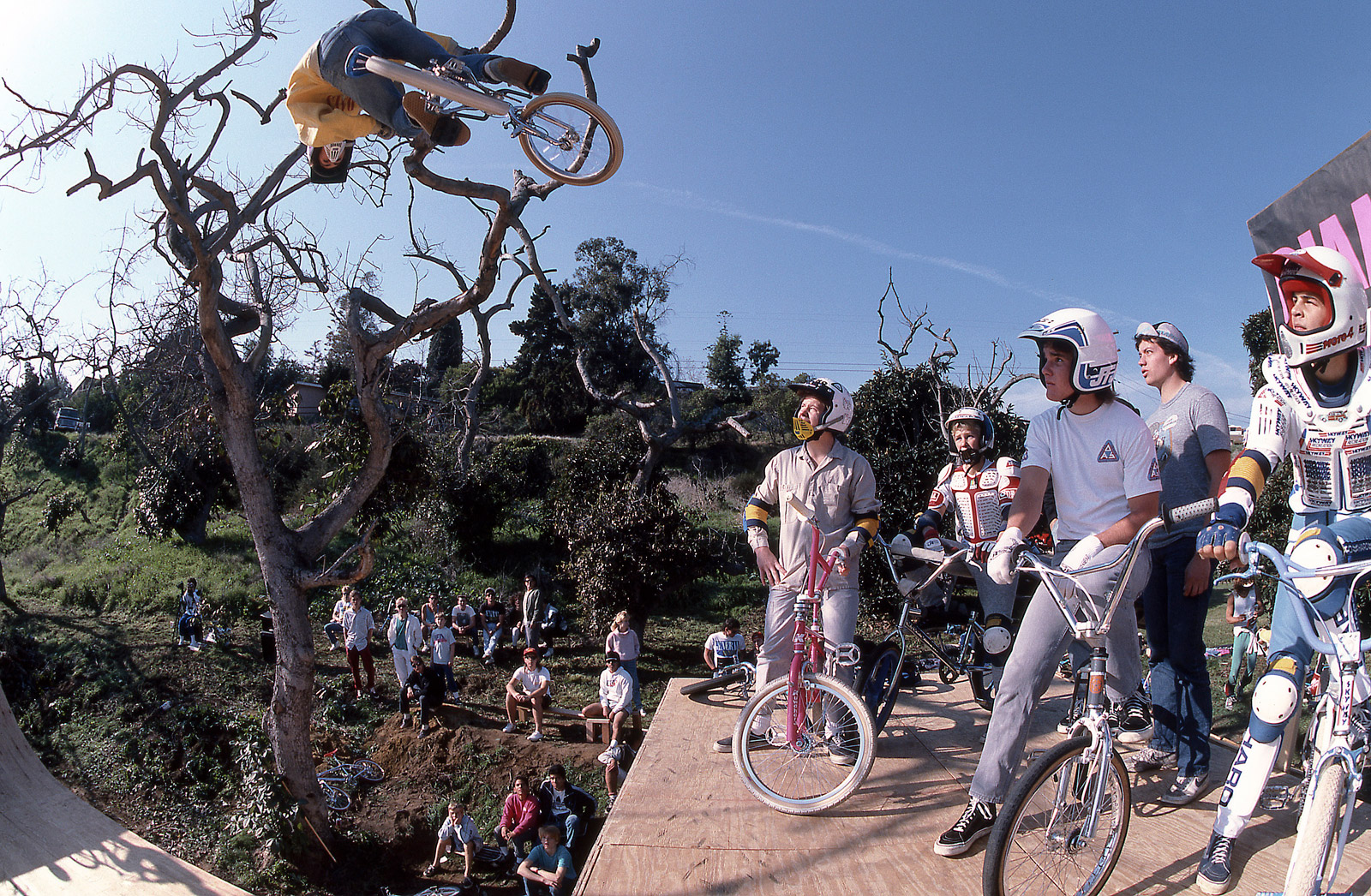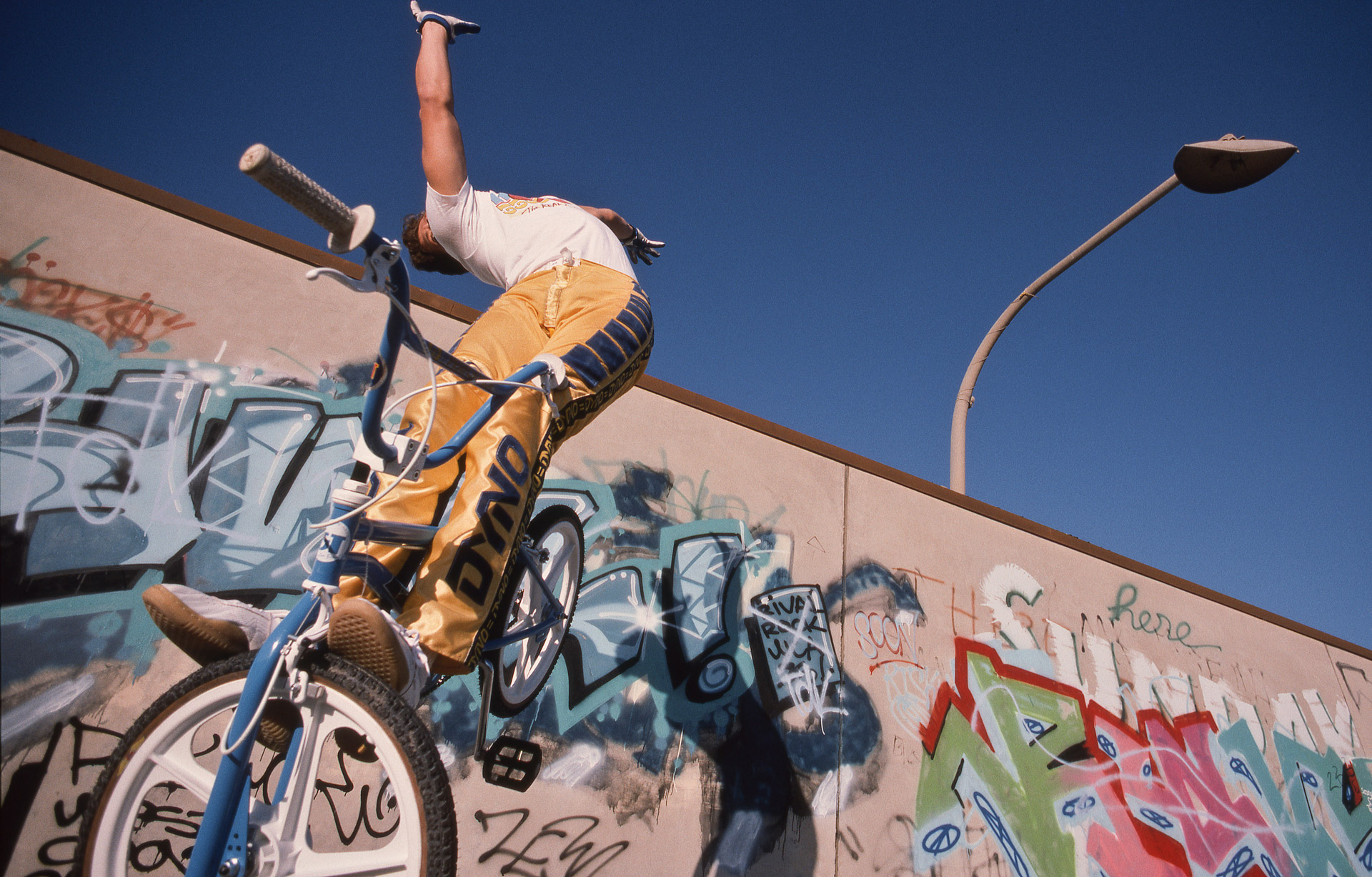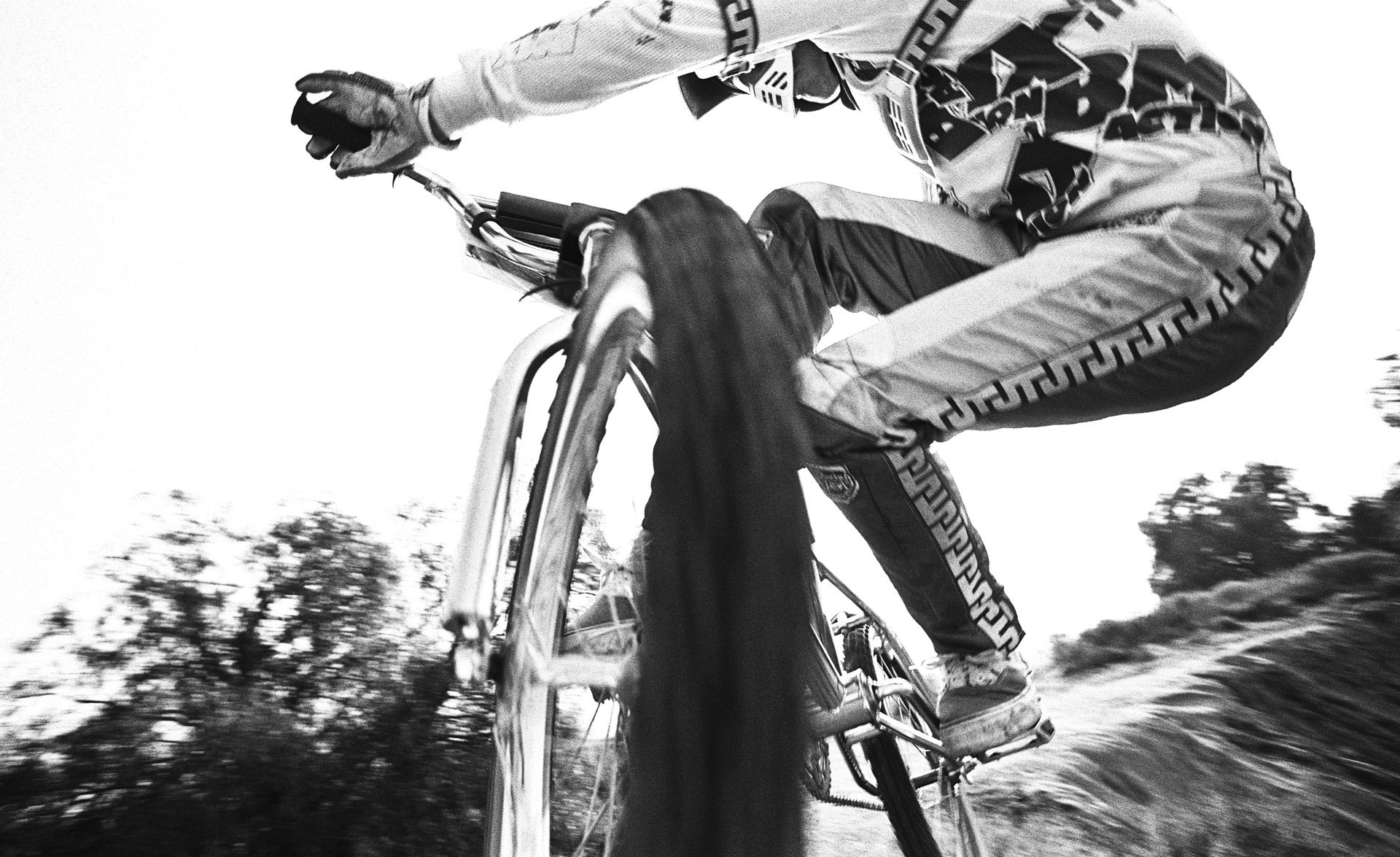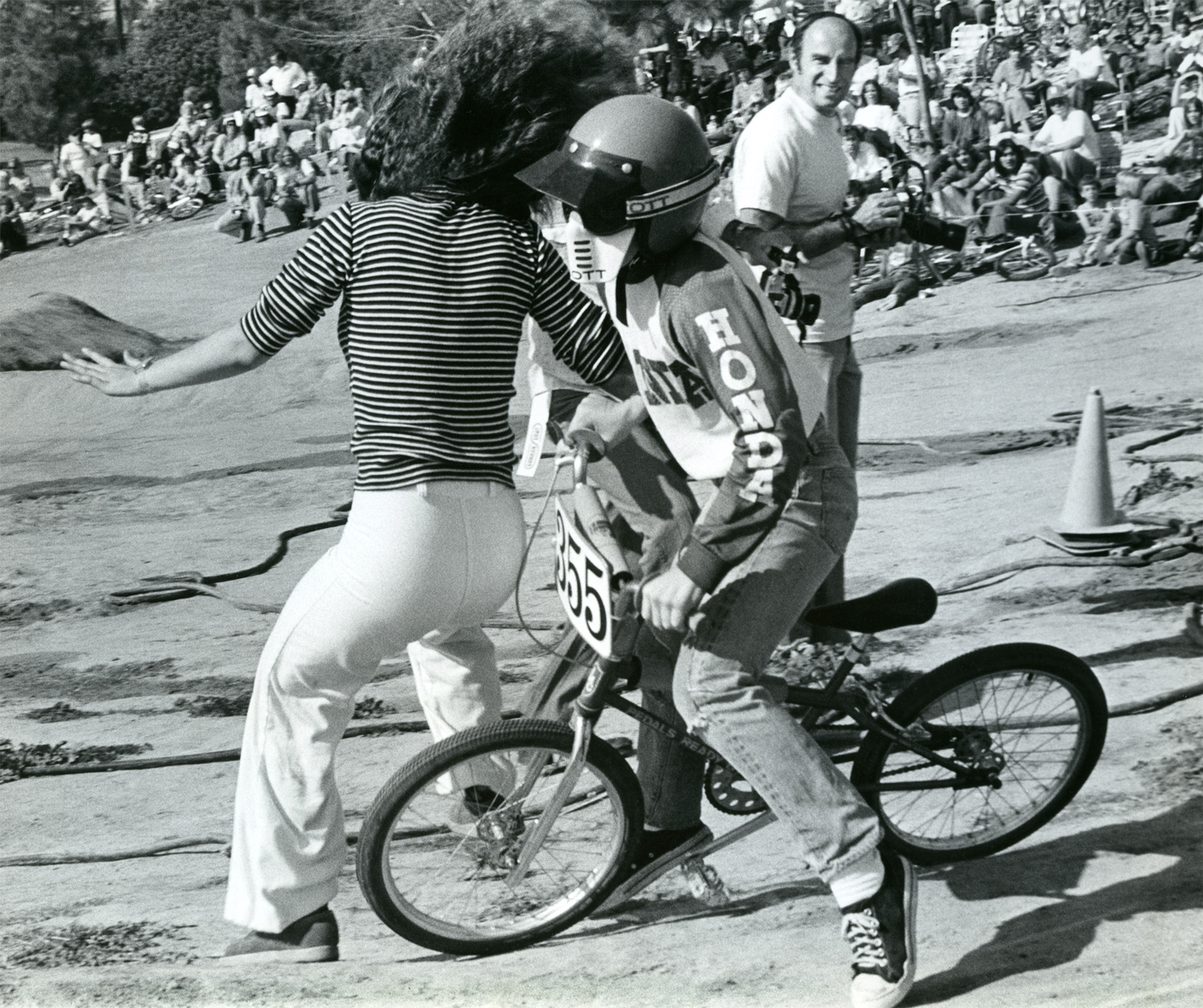“You’ll have to forgive me,” Windy Osborn says. “But this is a long story, and one that’s interwoven with tales of family, love, success and, of course, BMX. My story is my family’s story, and it’s one we had a heck of a lot of fun living through.”
Windy Osborn, legendary BMX photographer, and inductee into the BMX Hall of Fame, is talking from her home in Oceanside, California, having just opened up her photographic archives for us. This isn’t your average hulking stick-‘em-down tome from the attic, but a priceless snapshot of extreme sports history, from a time when BMX was at its most primal, its most explosive, its most rebellious and its purest. It’s a collection bursting with glowing hazy tones and stark black and white stills, action-packed motion blurs and imaginative angles. What’s most noticeable, though, is just how up-close, personal and in-your-face she dared to get, with her subject’s faces and bike frames alike.
“This is where it all started”
“This is where it all started,” she tells me, offering a black-and-white photo of a rider rocketing through the air at the famous Yarnell Street BMX track, back in 1974. “My parents divorced in the late 1960s. When we visited my dad [Bob Osborn] he would ensure our time together was constructive and fun. Amongst plenty of other things, he was into racing dirt bikes, so when we weren’t at the Indian Dunes motocross track, he’d often take us to races at a local bicycle motocross track in Redondo Beach, a little closer to where we lived. My brother would race, dad would be the race starter, and, so I wouldn’t be bored, I’d take photos. Dad was also a keen photographer, so I’d borrow his Minolta 35mm and develop my photos at home in his darkroom. That room became a sort of sanctuary to me for many years.”
As Windy racked up the tracks and the snaps, her and her family became further ingrained in the burgeoning sport of bicycle motocross, which would later become known as BMX. So much so, that in September 1976, with a $10,000 loan from his sister, a whole lot of faith that this new extreme sport would someday be massive and absolutely zero experience in publishing, Windy’s father created Bicycle Motocross Action Magazine. He didn’t have to look far for a photograph to stick on his first front cover, that December.
“That room became a sort of sanctuary to me”
“The first issue had a shot of mine on the cover – a panning shot of Brian Lewis. It was the start of something huge. By 1985, we had five magazines under our publishing company, Wizard Publications Inc, and had become a $10million per year business. I was head photographer of three of those titles – BMXA, freestyle title Freestylin’, and youth lifestyle mag, Homeboy.”
Here, Windy pulls out the photos that best define not only her career at the leading BMX magazine at the time, but her time at the forefront of the most exciting period in BMX history, and gives us their awesome backstories…
The ‘Where It All Began’ One
Thom Lund, Yarnell Street BMX Track, California, 1974
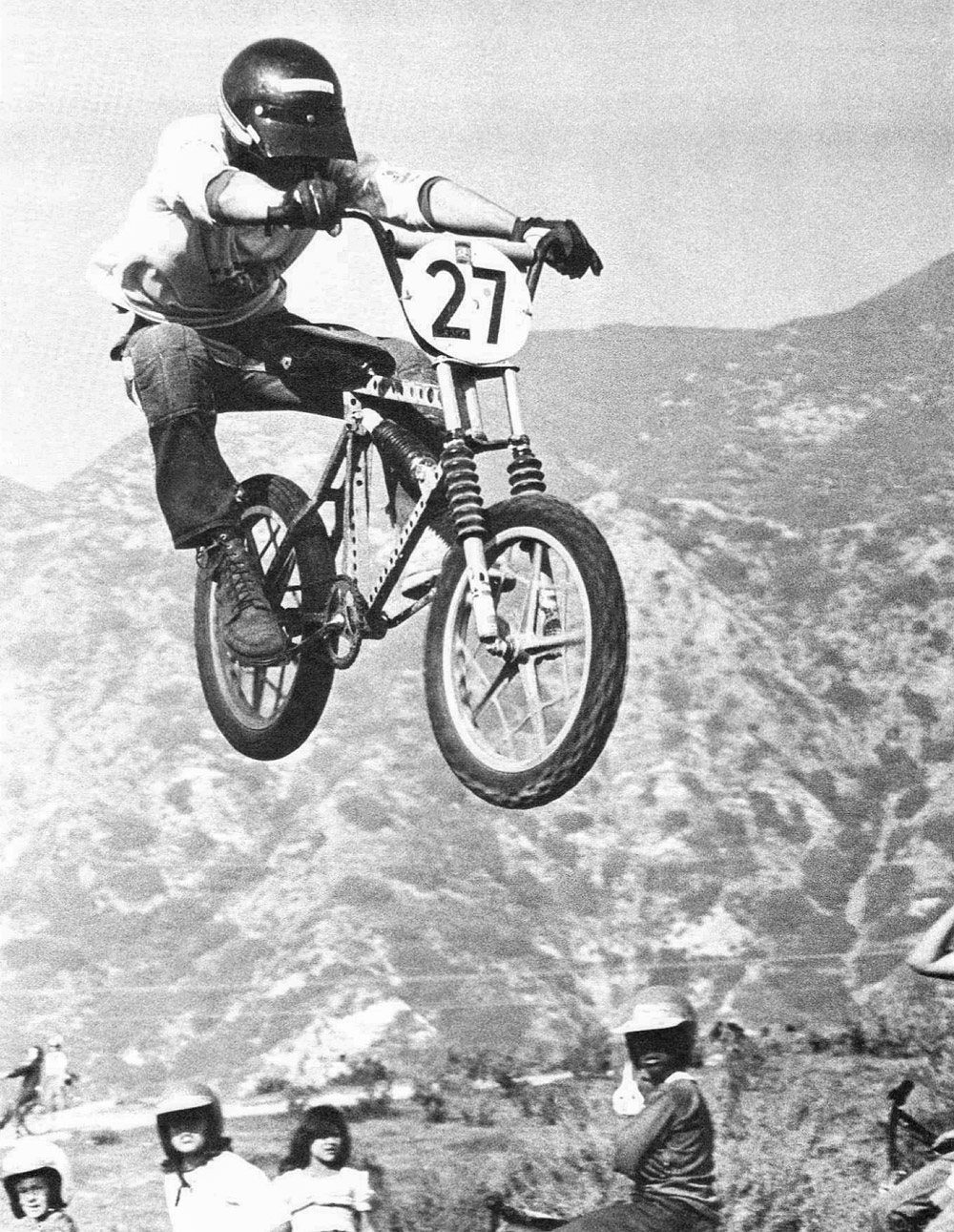
“On top of dirt bike racing, cabinet making, welding, and growing bonsai trees, my dad was really into photography. He always said ‘great subjects make great photographs’ – it was a piece of advice I took, along with my borrowed Minolta 35mm, to the BMX tracks he was the race-starter at, and where my brother would compete. I found myself attracted to photographing those who were flamboyant and on the edge of crazy.
“My dad was really into photography. He always said ‘great subjects make great photographs’”
“Thom Lund ticked those boxes. He was wild on the track, would get these super big airs, and, as to prove my father correct, a really great subject. Here, he’s on his iconic mono-shock BMX at Yarnell – a downhill track that would separate the kids from the young men and bring out the insanity of all those who dared race it. It often incited out-of-control speeds that would fire you right out of the berm, and see packs of elbows all fighting for positioning on the open straightaways, often with clouds of dust chasing up close behind.
“In fact, Yarnell was the site of many of the classic and old-school BMX images from this era. And this one, from there, was the first photo I ever had published. I sent it to Dirt Bike Magazine – a magazine we always had at home – and they accepted. I was stoked. And I was immediately addicted.”

